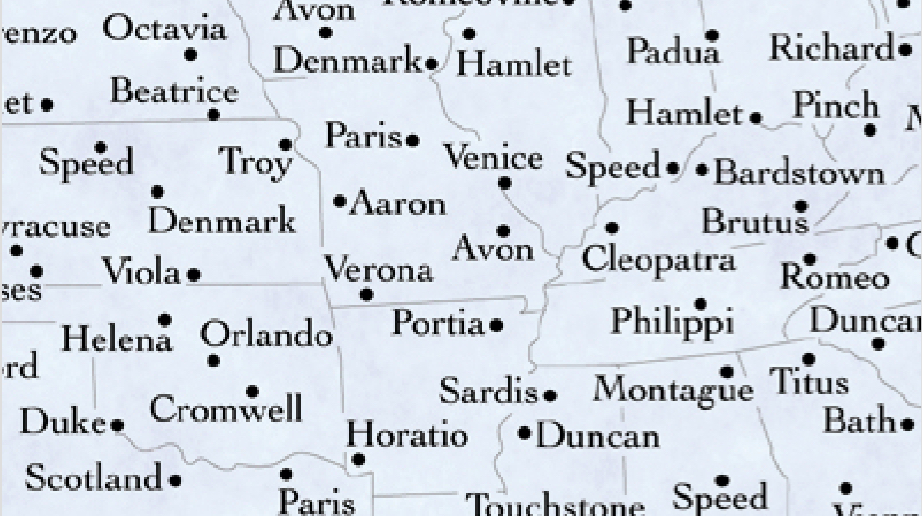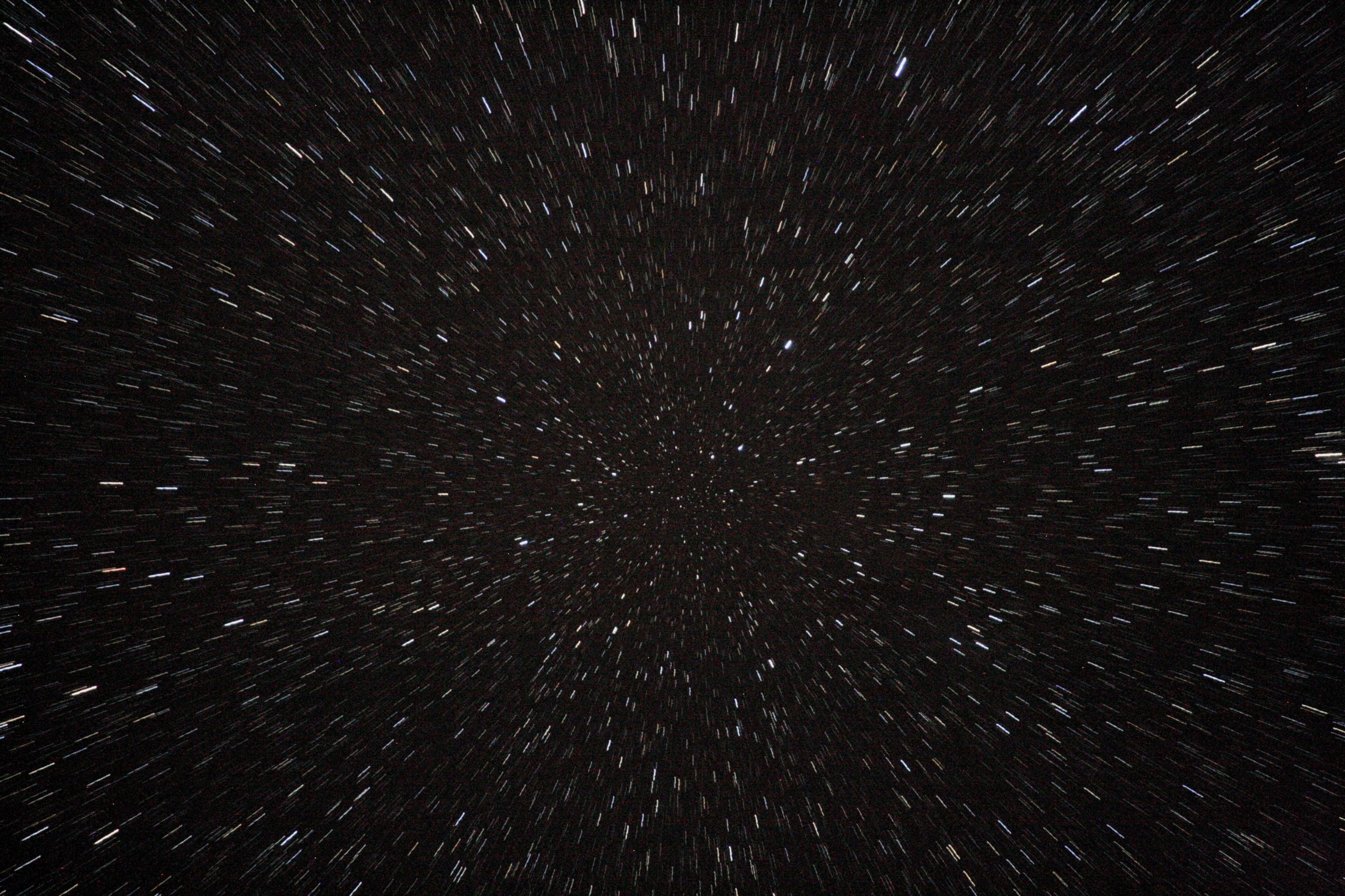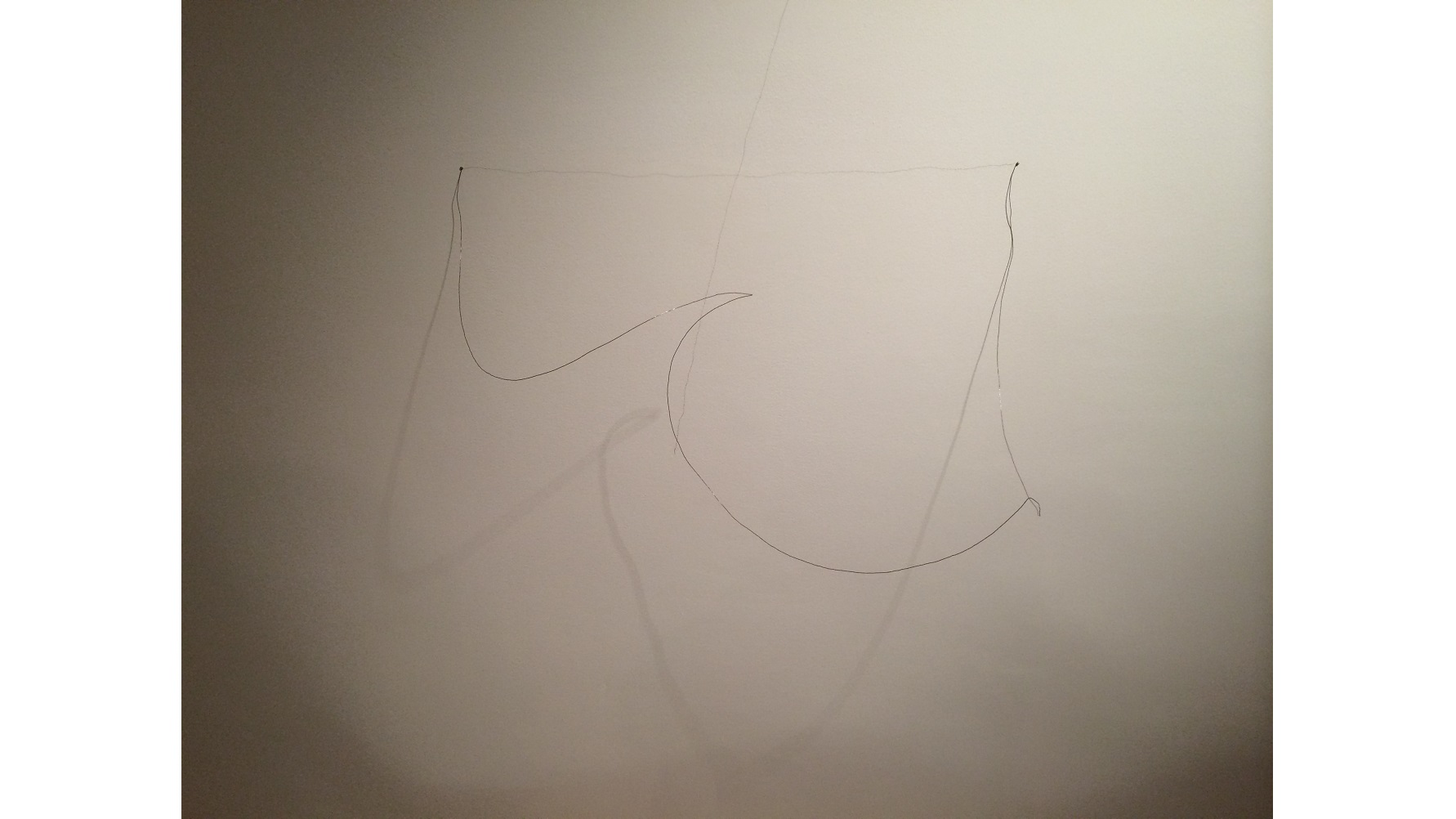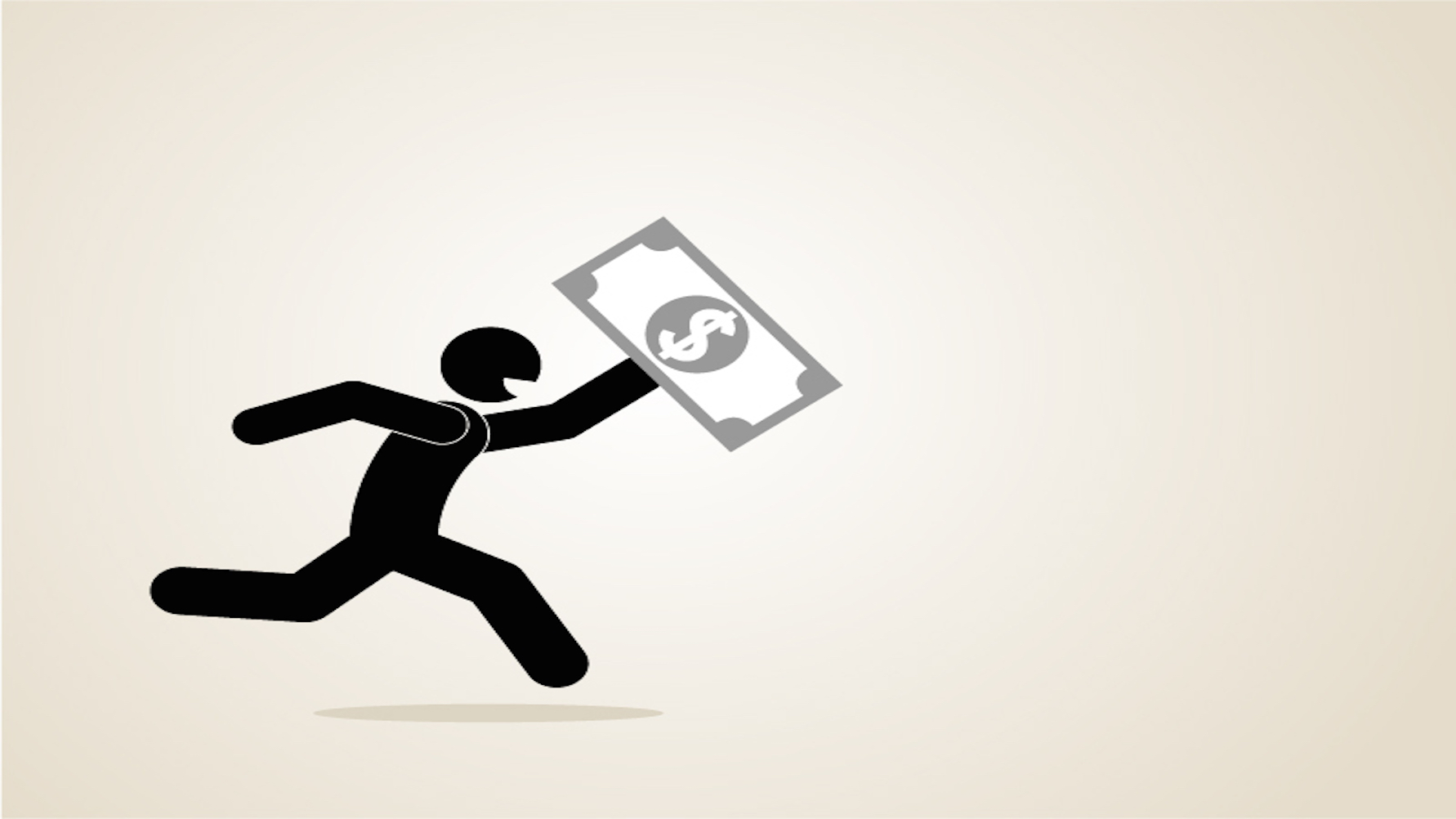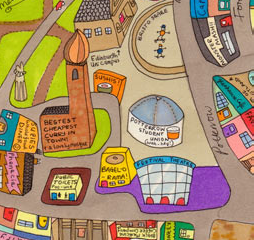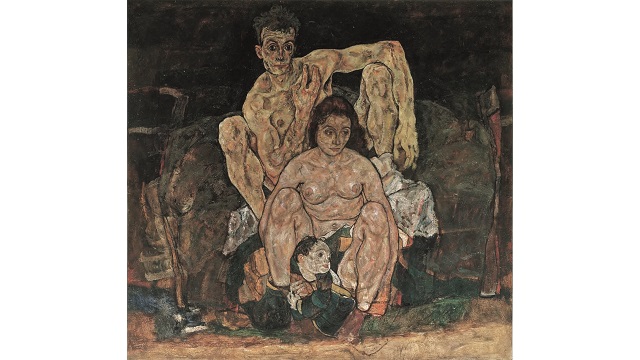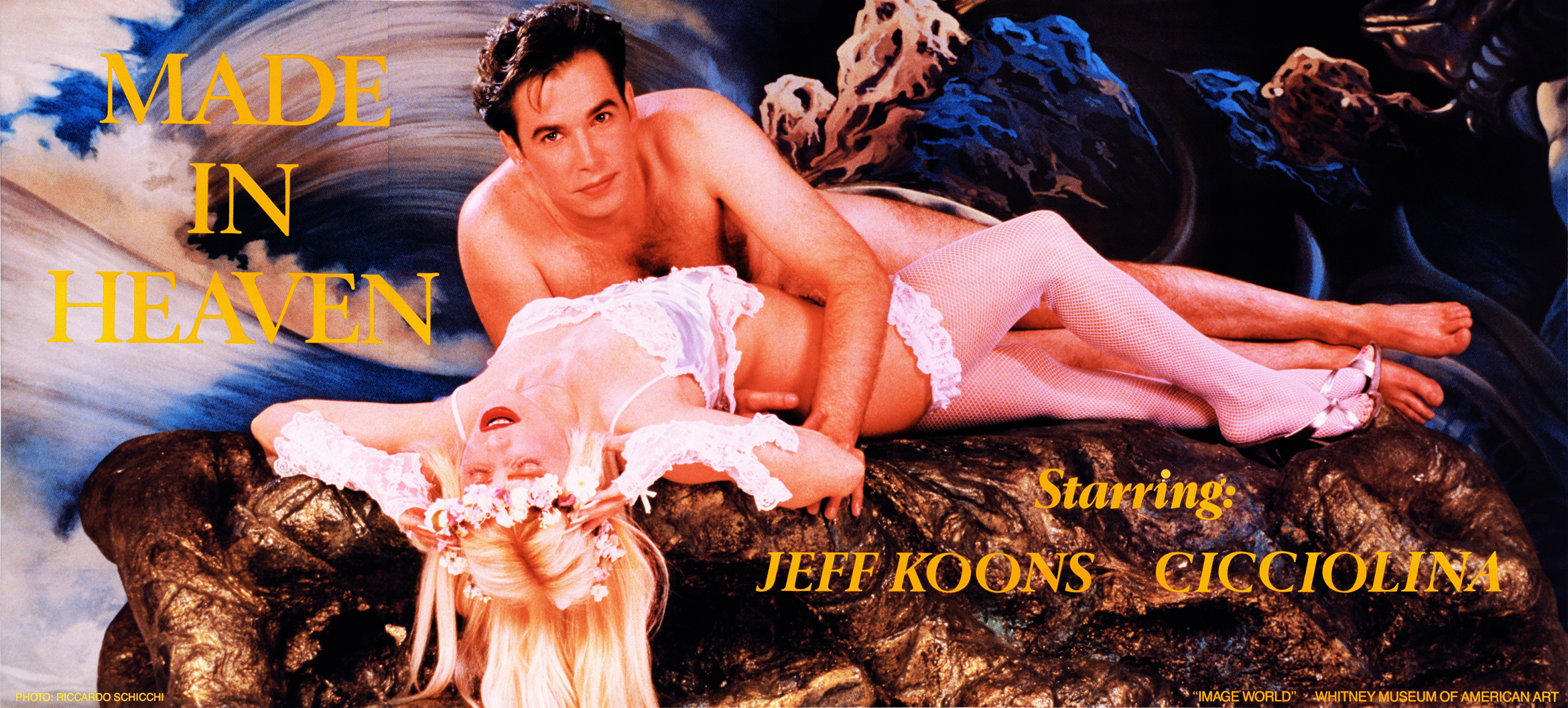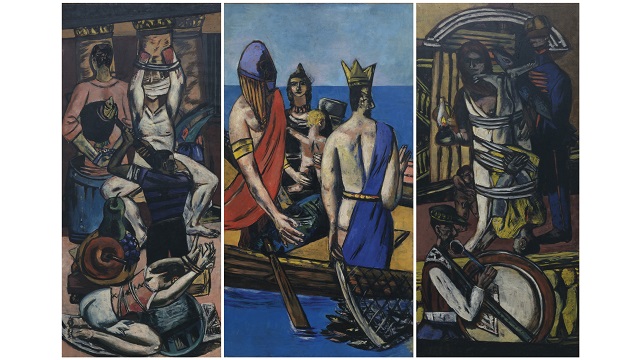Shakespeare never visited America, yet the map of the U.S. is dotted with references to his work.
Search Results
You searched for: Richard Marks
Few maximize. Most muddle. So why do economists mainly model the happy few? It makes the math easier, but risks misusing the massive power of markets. Perhaps, like the muddling masses, they should use less math and more logic.
The stars, gas, nebulae and dust in our galactic plane make it impossible to see through. But there are other forms of light. “Vision is the art of seeing what is […]
Lack of deep personal public concern about climate change limits the politically difficult actions governments are willing to take.
Vancouverites are in full revolt over outrageous housing costs and the foreign investors behind North America's biggest bubble.
Wanting to believe in the impossible can be far worse than keeping an open mind. “No man is so foolish but he may sometimes give another good counsel, and no man […]
More than 20 years ago, the sitcom Seinfeld went “meta” and joked that it was “a show about nothing.” But 20 years before George Costanza’s epiphany, artist Richard Tuttle was staging shows about nothing featuring works such as Wire Piece (detail shown above) — a piece of florist wire nailed at either end to a wall marked with a penciled line. But, as Jerry concludes, there’s “something” in that “nothing.” A new retrospective of Tuttle’s art at the Fabric Workshop and Museum in Philadelphia, Both/And: Richard Tuttle Print and Cloth, dives into the depths, and widths, of this difficultly philosophical, yet compellingly simple artist who takes the everyday nothings of line, paper, and cloth to create extraordinary statements about the need to be mindful of the artful world all around us.
The standard line against painter John Singer Sargent goes like this: a very good painter of incredible technique, but little substance who flattered the rich and famous with decadently beautiful portraiture — a Victorian Andrea del Sarto of sorts whose reach rarely exceeded his considerable artistic grasp. A new exhibition of Sargent’s work and the accompanying catalogues argue that he was much more than a painter of pretty faces. Instead, the exhibition Sargent: Portraits of Artists and Friends and catalogues challenge us to see Sargent’s omnivorous mind, which swallowed up nascent modernist movements not just in painting, but also in literature, music, and theater. Sargent the omnivore’s dilemma thus lies in being too many things at once and tasking us to multitask with him.
When eating a vegan, sugar-free, gluten-free diet becomes a lifestyle, the medicinal benefits may outpace those offered by strong prescription painkillers.
The fortunes used for philanthropic purposes by American billionaires like Bill Gates and Warren Buffett will run dry just decades after their patrons pass away.
With the May 1st grand opening to the public of its new building in Manhattan’s Meatpacking District, the Whitney Museum launches a new era not only in the New York City art scene, but also, possibly, in the very world of museums. Thanks to a Renzo Piano-designed new building built, as Whitney Director Adam D. Weinberg put it, “from the inside out” to serve the interests of the art and the patrons first, the new Whitney and its classic collection of American art stretching back to 1900 has drawn excited raves and exasperated rants from critics. Their inaugural exhibition, America Is Hard to See, gathers together long-loved classic works with rarely seen newcomers to create a paradox of old and new to mirror the many paradoxes of the American history the art embodies and critiques by turns. This shock of the new (and old) is the must-see art event of the year.
On February 8, 1915, at Clune's Auditorium in Los Angeles, California, D. W. Griffith’s Birth of a Nation premiered. The fledgling art form of film would never be the same, especially in America, which even half a century after the end of the Civil War struggled to come to terms with race. Now, a century after Birth of a Nation’s premier, America still struggles not only with race, but also with how race plays out on the silver screen. For good and ill, Birth of a Nation marks the beginning of the first 100 years of the American Cinema—epically beautiful, yet often racially ugly.
"The extasy [sic] of abstract beauty," artist Richard Pousette-Dart scrawled in 1981 in a notebook on a page across from a Georges Braque-looking abstract pencil drawing. Although included in Nina Leen’s iconic 1951 Life magazine photo "The Irascibles" that featured Abstract Expressionist heavyweights Jackson Pollock, Willem de Kooning, Mark Rothko, and Barnett Newman, Pousette-Dart has always stood on the edges, as he does in the photo, of full identification with that group.
Mark Hatch, a leader of the Maker Movement, is CEO of the DIY workshop TechShop. Hatch explains how TechShop allows makers the opportunity to harness its resources to innovate and create amazing things.
Edinburgh is the “grey metropolis in the North.” It has been for centuries, and thanks to Unesco, the capital of Scotland will keep its dour exterior for the foreseeable future. […]
Here on Earth, it’s liquid all the way. But in space, that’s impossible! “You can’t cross the sea merely by standing and staring at the water.”–Rabindranath Tagore If you brought […]
A huge percentage of our Universe is blocked by the plane of our own Milky Way. Here’s how we’re finally seeing what’s there! “I am undecided whether or not the […]
“Bürgerschreck!” rang the accusations in German at Austrian painter Egon Schiele in April 1912. This “shocker of the bourgeois” found his home rifled by local constables searching for evidence of the immorality locals suspected of a man who lived with a woman not his wife and invited local children to pose for him. The constables brought over one hundred drawings as well as Schiele himself to the local jail, where he sat for 24 days until a court trial during which the judge flamboyantly burned one of Schiele’s “pornographic” portraits in front of the chastised artist before releasing him. That experience changed the rest of Schiele’s life and art. Egon Schiele: Portraits at the Neue Galerie in New York City centers on this turning point in Schiele’s portraits, which remain some of the most psychologically penetrating and sexual explicit portraits of the modern age. Schiele’s capacity to shock today’s audience may have declined as modern mores finally catch up to him, but the power of his portraits to captivate through their unconventionality, sensitivity, and empathy never gets old.
The largest structures in the Universe are phantasms, in the process of self-destructing. Image credit: NASA, N. Benitez (JHU), T. Broadhurst (Racah Institute of Physics/The Hebrew University), H. Ford (JHU), […]
Comedian Stephen Colbert called Jeff Koons “The world’s most expensive birthday clown” when the artist famous for his giant balloon animalsappeared on his show in 2012. A year later, one […]
We observe our Universe as it is today: 13.8 billion years old and full of galaxies. What would we see 100 billion years from now? “It is always wise to look […]
With all the matter-and-energy so close together and so dense at the moment of the Big Bang, why didn’t it recollapse? Image credit: Mark A. Garlick / University of Warwick. […]
Just as poet William Blake asks us “To see a world in a grain of sand” in his poem “Auguries of Innocence,” painter Paul Cézanne asks us to see the […]
“Crazy at any price!” read a sign above the modern art masterpieces at the Nazi-sponsored Entartete Kunst (“Degenerate Art,” in English) exhibition in Munich, Germany, in 1937. The fevered brainchild […]
The stars, gas and dust of our own galaxy dominates our night sky. But what secrets does the Universe hold beyond that? “Who are we? We find that we live on […]
“I am big,” Gloria Swanson’s fading film star Norma Desmond says in Sunset Boulevard. “It’s the pictures that got small.” Have we lost the “big” artist, the artist who tackled […]
Sir Richard Branson & Forger, aka Mark Stucky congratulate each other after the success of Virgin Galactic's first rocket-powered flight that broke the sound barrier in a test over the Mojave Desert.
The day marked the first time a commercial plane broke the sound barrier since the supersonic Concorde was retired in 2003. Soon, Virgin's craft will be travelling faster than the Concorde.
Modern technology has done nothing to make humans more humble. Quite the contrary. So secure are we in our confidence of our superiority to ancient cultures that discoveries like the […]
There’s much to criticise about this map of Pangea [1], but in spite of the geological anachronisms, it’s hard to tear your eyes away from it. The map shows a […]
